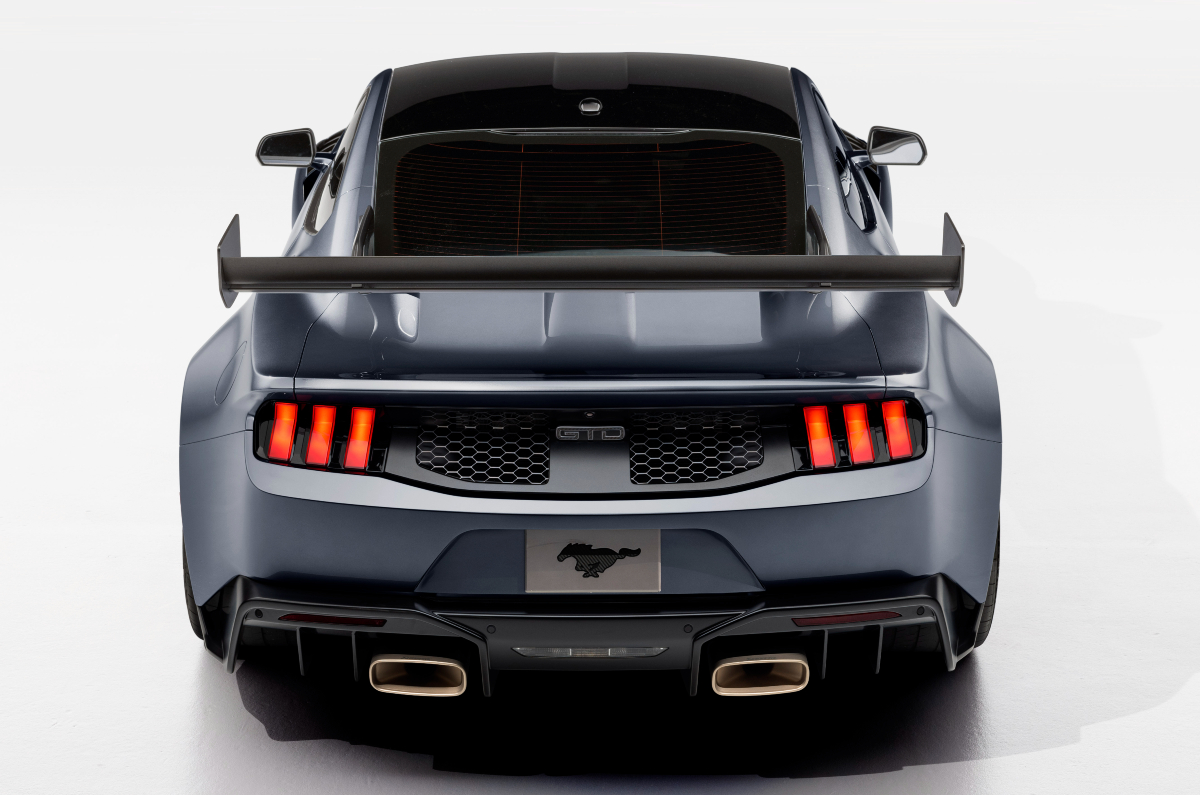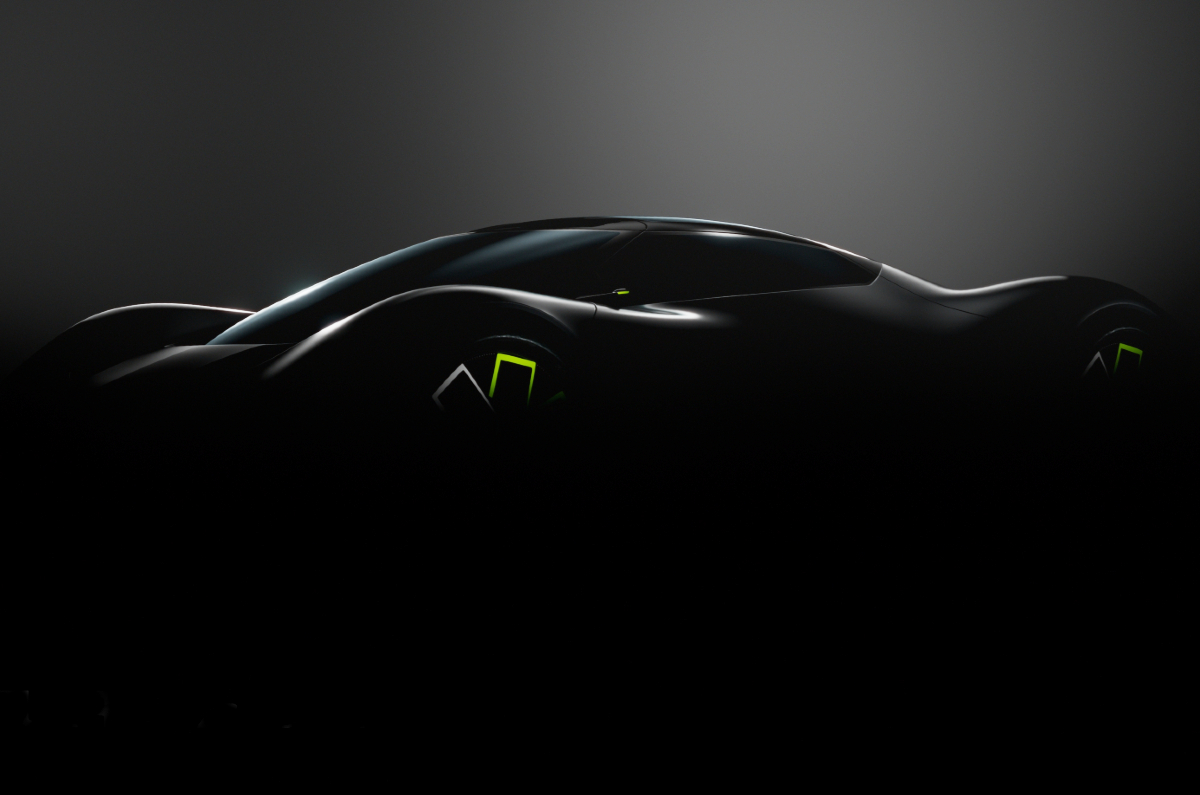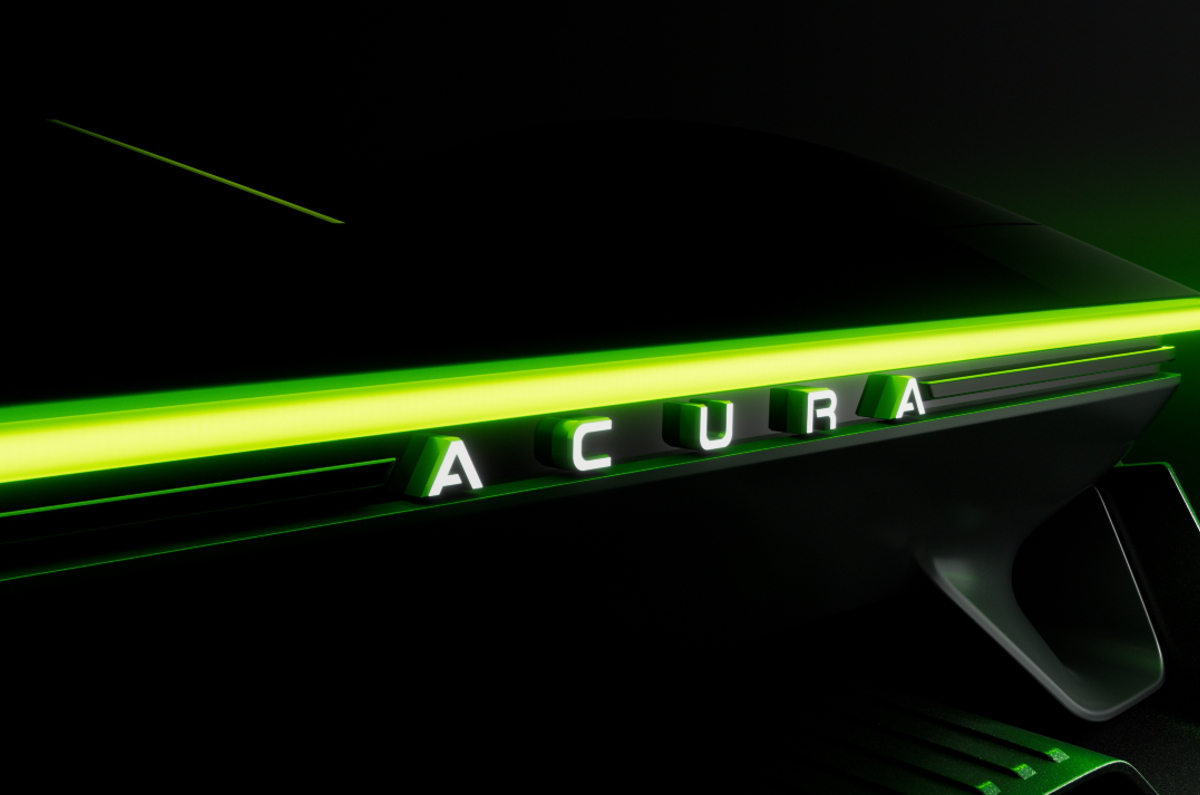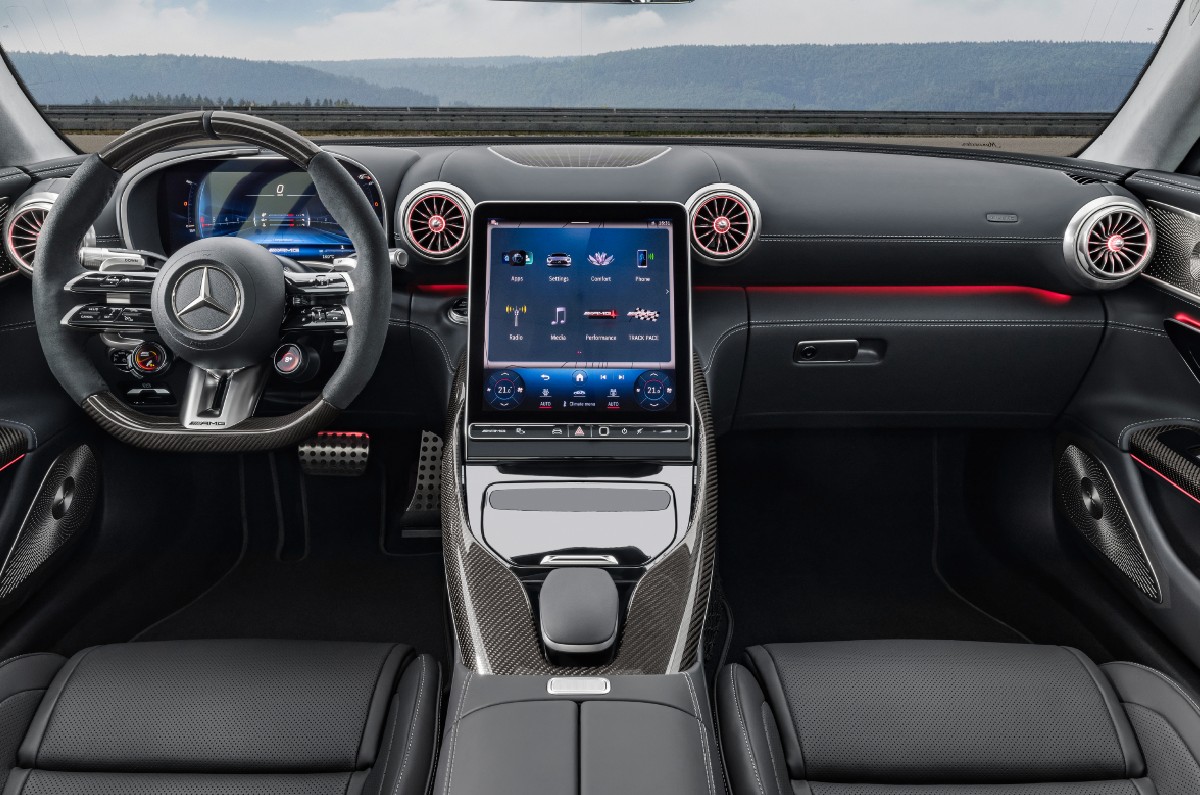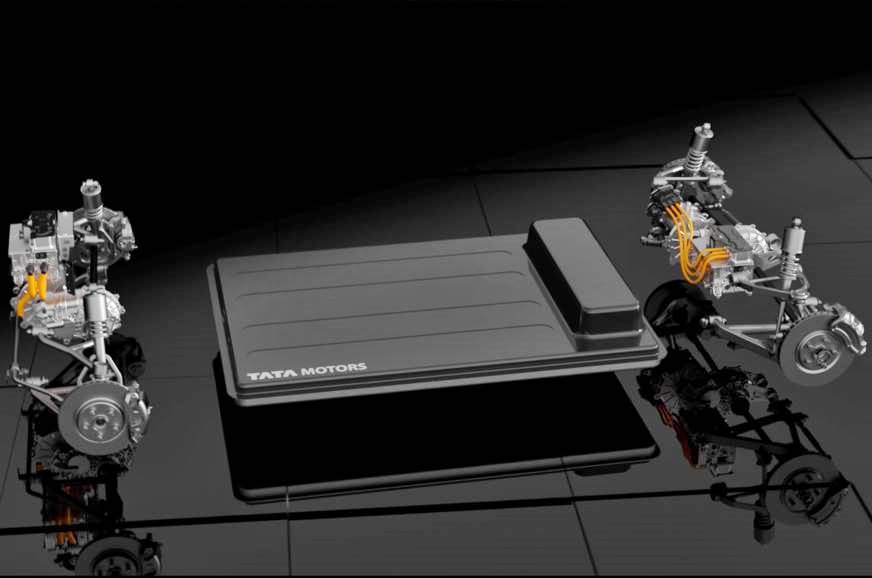The new Ford Mustang GTD is a carbonfibre-bodied, aerodynamically optimised, track-ready “technological tour de force” that takes the crown as Ford's most powerful road car yet. It will be built in limited numbers starting late next year, and initially be sold in the North America. The GTD is said to have been conceived with the aim of creating “a Mustang to take on the best of European sports cars”.
Ford is targeting a sub-seven-minute lap time at the Nurburgring, a feat that would put the GTD on par with European supercars, including the Porsche 911 GT2 RS, Lamborghini Aventador SVJ and Mercedes-AMG GT Black Series. Designed and engineered in partnership with motorsport outfit Multimatic, which built the Ford GT supercar, the new arrival is effectively a road-legal reworking of the Mustang GT3 that will race at Le Mans next year. It falls under the IMSA Sportscar Championship's GTD classification, for cars built to the FIA's GT3 specifications.
Ford Mustang GTD engine, performance
A targeted output of more than 811hp from the heavily reworked, supercharged V8 makes the GTD the most powerful Mustang yet, outpunching even 2019’s snarling 709hp Shelby GT500.
The bespoke 5.2-litre engine is larger than that fitted to the standard road-going Mustang and packs a suite of motorsport-derived modifications – including a dry sump, dual air inlets and a titanium active-valve exhaust system (which generates “exceptional notes”) – in pursuit of Lamborghini-aping performance figures.
.jpg?w=700&c=0)
It delivers its reserves to the 345mm-wide rear wheels via a lightweight carbon fibre driveshaft and eight-speed transaxle – the latter fitted in place of a standard gearbox to ensure "near 50:50" front-to-rear weight distribution, and because simulations proved that to be the most effective way to “put power to the ground”.
Ford Mustang GTD suspension tweaks, aero
The GTD is equipped with semi-active suspension, which brings variable spring rates and a 40mm lower ride height in Track mode. A motorsport-inspired "short-long arm" set-up for the front suspension is said to boost stiffness and responsiveness, and the rear suspension is mounted to a lightweight tubular subframe, as it is in the GT3 car. The suspension control units are housed alongside the transaxle cooling system at the rear, where the boot used to be.
The GTD has a track that's nearly 100mm wider than that of the standard Mustang, which, together with massive 325mm-wide front tyres (wider than the rear tyres of the GT) boosts grip and cornering stability substantially. Buyers are offered a choice of 20-inch forged aluminium wheels or optional magnesium items available on the GT3 racer.
.jpg?w=700&c=0)
The aero package is obviously lifted nearly wholesale from the GT3 racer, with a massive hydraulically adjustable rear wing, a vented bonnet, chunky air scoops, a beefy front splitter and a wind-cheating rear diffuser boosting downforce at speed and stability through bends.
Stopping power is provided by huge carbon-ceramic disks, engineered to resist fade under repeated braking.
Ford Mustang GTD interiors
Inside, the GTD is closer to the standard Mustang than the race car, retaining digital displays and the standard infotainment system with over-the-air software-update functionality.
Notably, though, the rear seats have been removed to save weight, the front seats are swapped for track-ready Recaro buckets and the rotary dial, build plaque and paddle shifters are all 3D-printed using titanium recovered from retired F22 fighter jets.
.jpg?w=700&c=0)
Ford hasn't given a weight figure for the GTD, but the carbon body panels and stringent lightweight methods mean it's likely to tip the scales at substantially less than the 1,768kg Mustang Dark Horse.
The previous-gen Mustang was on sale in India for a short period, but since exiting the Indian market, Ford does not sell any new cars here anymore.


